After a period of time working away from inorganic isotope ratio MS, I returned to the community to see that there has been an interesting resurgence in the application of collision cell technologies. This blog won’t look at the new solutions, but I thought it worth taking some time to look at where it all came from, with a closer look at the first product in our line of business that utilized collision cell technology. Remember this is a blog and therefore a personal opinion rather than a company statement. You can address any questions, comments or corrections directly to me (Stephen.guilfoyle@isotopx.com).
The first point to make right away is that collision cell technology was used in other instruments long before it was employed regularly in inorganic isotope ratio MS. Indeed, the life science community found that a reaction cell as part of a tandem mass spectrometer could help enormously with the identification and quantitation of organic molecules in complex matrices.

It was the quadrupole ICP-MS community that first realized that collision / reaction technology could be used to help with the isolation of analytes from interfering species or matrix compounds to allow easier measurement. When I joined VG Elemental in the 1990’s, that company and most of its competitors were pushing to introduce collision cell technology into their products. The technology was changing fast, possibly faster than the understanding of it! But there came a time when a collision cell was considered a necessary part of any quadrupole ICP-MS.
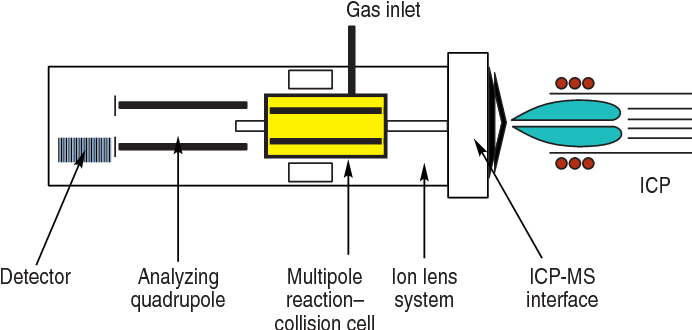
The way that these cells are used does differ slightly from vendor to vendor but the basics are the same. The collision cell (also known as reaction cell or collision / reaction cell) allows the operator to call upon several different techniques to help their analysis. One technique is to react the analyte with a gaseous compound in the cell (that’s the “reaction” bit), creating a new compound at a different mass position, ideally mass shifted away from other species that get in the way of a good measurement.
For example, consider an instrument with 10e13 ohm amplifiers. If you have an unknown sample which happens to be larger than expected, you are either going to saturate the detector (which would maybe take many minutes or even hours to settle) or you are going to have to reduce the ion beam size to allow measurement on this detector. That’s because what you gain at the low end you lose at the high end. In other words, the 10e12 and 10e13 ohm amplifiers shift the measurable range of ion beams downwards. Deliberately reducing the ion beam size this way is not in the spirit of optimizing your precision – so your analysis is compromised.
This works really well, but you need to know your chemistry; there’s no point using this technique if your interfering compounds are also mass shifted in the same way! An example of this is reacting Sr with SF6 gas to mass shift the Sr away from interfering Rb. Essentially this means you’re measuring your Sr as SrF. You might have spotted that although this is great for single element analyses, it gets much harder if you’re using your quadrupole to measure a suite of 25 elements!
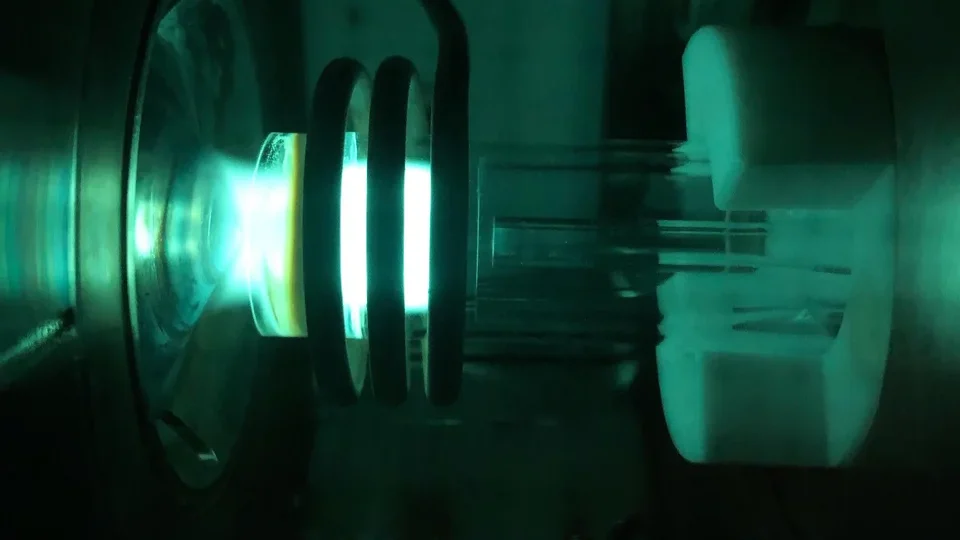
Another technique is to use “kinetic energy discrimination” (know as KED). This is used to remove polyatomic species. A good example is ArAr (i.e. the Ar dimer), a known bugbear of ICP-MS analysts. This technique is more of a physical process. Helium gas is introduced into the cell and the larger polyatomic compounds bump into them frequently, slowing them down. By using a filter to block any low energy compounds that have slowed down and lost energy, you remove a lot of the polyatomic species.
There are other cell techniques, but I’m trying to avoid going down the rabbit hole of collision cell chemistry and physics so I will leave it there. Returning to the point of the story… when did this technology join the isotope ratio measurement community? That particular story begins with the IsoProbe-P, a multicollector ICP-MS from Micromass (and latterly GV Instruments).
You’ll no doubt be aware that in order to measure elements and isotopes at high precision and accuracy, an ion beam with a very tight energy spread is required. ICP-MS instruments don’t inherently produce such an ion beam (unlike TIMS), the ion beam energy spread is reduced by using double focusing technology. This is essentially an electrostatic analyser to reduce the energy spread and a magnet to separate out species by mass to charge ratio.
The IsoProbe-P used a completely different technique, employing a hexapole-based collision cell to reduce that energy spread. Essentially, a collision cell was used to “thermalize” the beam, outputting an ion beam with an energy spread typically less than an electron volt wide. This was coupled with a magnet and detector array similar in configuration to contemporary ESA-magnet double focusing instruments. The IsoProbe-P also offered the capability to utilize the collision cell for polyatomic removal or mass shifting (as described above).
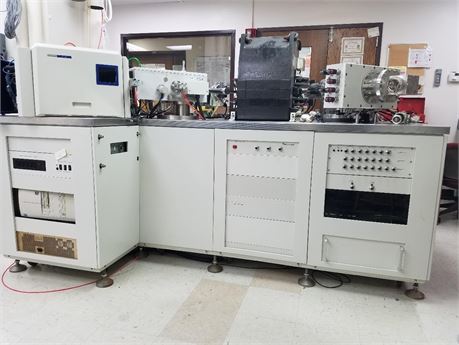
Sounds ideal doesn’t it? It sold well – and produced extremely competitive data. Sensitivity was typically better than competing instruments, and the ability to investigate isotope systems plagued by polyatomic species such as iron was a huge advantage. Customer demonstration typically went well too – I know this firsthand because in the early days of the IsoProbe-P I was giving customer demonstrations of a competing product (the VG Axiom MC-ICP-MS).
In fact, VG were so impressed with the capabilities of the IsoProbe-P that they instigated a project to fit a collision cell to the Axiom MC-ICP-MS, of which I was product manager at the time. The project was going well – with observed increases in sensitivity – when the project (and product) was stopped due to the sale of the company creating a potential anti-competition situation. It’s a shame.
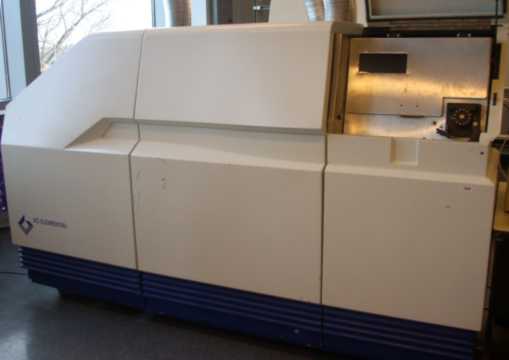
Back to the IsoProbe-P… Why didn’t successive instruments use this technology? Why has it taken until now for collision cell technology to reappear in our instruments? One simple explanation is conservatism from our user community. The IsoProbe-P was ahead of its time, and although collision cell technology was well established in the life science community it wasn’t heavily utilized (or even widely understood) in our community. This meant that there was some reluctance to adopt the technology. For some labs, familiarity with “traditional” double focusing technology meant that collisional focusing and the need to deal with collision gases was an unnecessary step too far.
What this meant was that the IsoProbe-P was not replaced, and subsequent MC-ICP-MS instruments used the traditional ESA-magnet focusing arrangement. That is… until quite recently. Now there are several MC-ICP-MS instruments that make use of collision cells, albeit using them in slightly different manners. So why did collision cells make a return? Probably the main reason is the wider acceptance of collision cell technology in the Earth sciences. This is again mainly driven by quadrupole ICP-MS instruments.
Most instrument of this kind are now equipped with such technology, and triple quadrupole ICP-MS instruments are being adopted widely in our industry. This means scientists and laboratory managers are becoming increasingly familiar with collisions / reactions to improve their analytical capabilities, including the removal of polyatomic species. So it was only a matter of time for this technology to return to precise isotope ratio measurement.
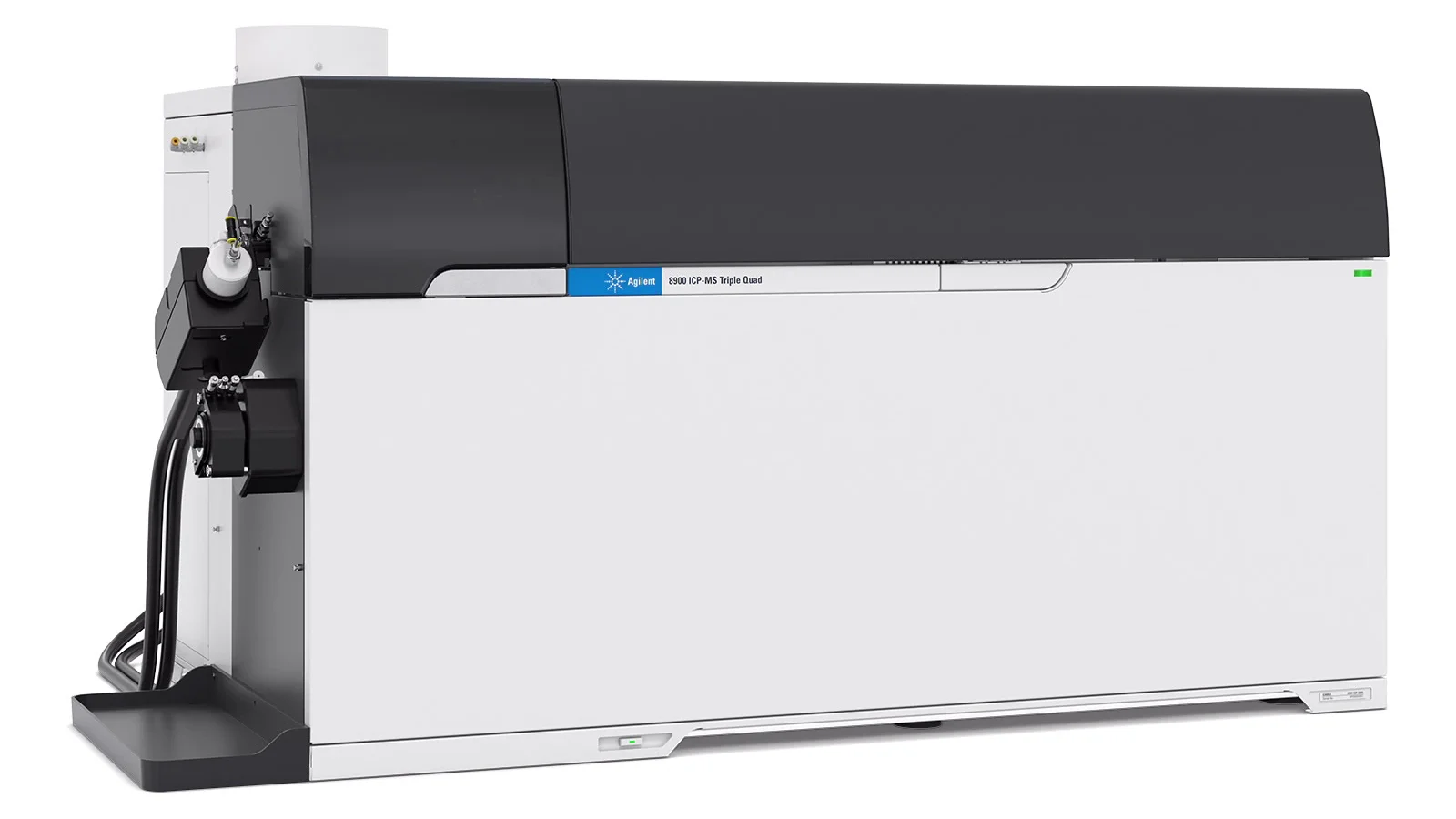
So does this mean collision cell technology is here to stay in MC-ICP-MS this time? Probably! Although many isotope systems can be analyzed successfully without a collision cell, the promise of what collision cell technology can achieve will be a big draw for many labs. And as increasing numbers of labs become equipped with triple quadrupole ICP-MS instruments, our knowledge of collision / reaction chemistry for the Earth sciences will continue to expand and improve.
If you have a comment about this post, or wish to point out an error or addendum, please let me know (Stephen.guilfoyle@isotopx.com).
